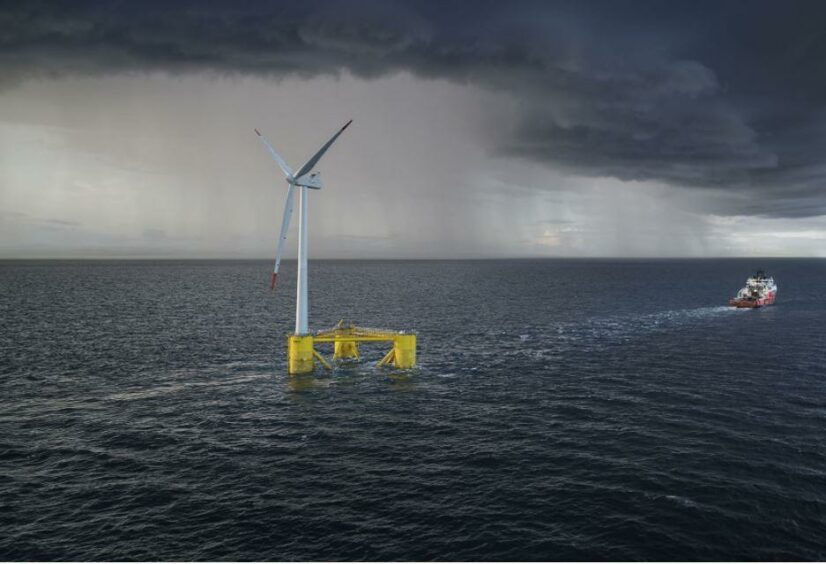
The Crown Estate has published new details of its 4 gigawatt (GW) leasing round for the Celtic Sea, with developers preparing bids for submission as part of a mid-2023 tender.
New updates on the tender process and the offshore zones suitable for wind schemes were published on Monday 10 October and will enable potential developers to form consortia and prepare for next year’s tender, the seabed regulator said.
As with the ScotWind leasing round, the Crown Estate said it also expects bidders to provide a plan for their investments in support of “an internationally competitive” supply chain.
So-called supply chain development statement (SCDS) have been a key metric for assessing how developers intend to meet local content pledges as part of their ScotWind plans.
The Celtic Sea programme is intended to establish 4GW of renewables capacity by 2035, though the area could eventually accommodate up to an additional 20GW by 2045.
Submission of these supply chain plans, alongside other financial and technical elements, will determine whether bidders proceed to the final stage of the tender.
Successful bidders will also be expected to update plans as they develop projects, while the final award of an Agreement for Lease for each site will be based on the price offered.
However, the agency said it was seeking to “accelerate the leasing process where possible” in recognition of the importance of bringing new floating wind capacity online as soon as possible.
In July the Crown Estate published information on five ‘areas of search’ in the sea off Cornwall and Wales,
It has this week published new ‘refined areas of search’ – smaller areas of seabed within which projects could be located in future.
The original Areas 1 and 5 have been removed from current consideration, while five smaller areas have been identified within Areas 2, 3 and 4, after engagement with stakeholders.
The resulting five smaller areas will be refined over the coming months into potential project development areas, the organisation said, that would ensure developers have access to floating offshore wind locations that are deliverable in the near term.
It said the process would be guided by “continued engagement with stakeholders,” including local fishing communities and environmental groups.
At the same time, other key studies such as habitats regulations assessment, engineering and environmental surveys are also proceeding. Cron estate said the simultaneous work would mean it was able to supply data to successful bidders to accelerate delivery of their projects, “potentially by many months.”
The agency’s head of new marine ventures Nicola Clay said the updates were an important step in the development process, adding: “Recognising the importance of a strong supply chain, we will be asking bidders to submit their supply chain plans as a key part of their bid.
“In an internationally competitive market, The Crown Estate will continue to facilitate investment in jobs, skills and infrastructure, so that communities neighbouring the Celtic Sea may benefit from the opportunities that a floating wind economy can generate.”
RenewableUK chief executive Dan McGrail also welcomed the news and applauded the expediting of environmental and engineering survey work.
“The UK needs to pull out all the stops to unlock the vast potential of floating wind to strengthen our energy security, as well as bringing enormous industrial benefits in jobs, investment and opportunities to export our technology worldwide,” he added.
Recommended for you
